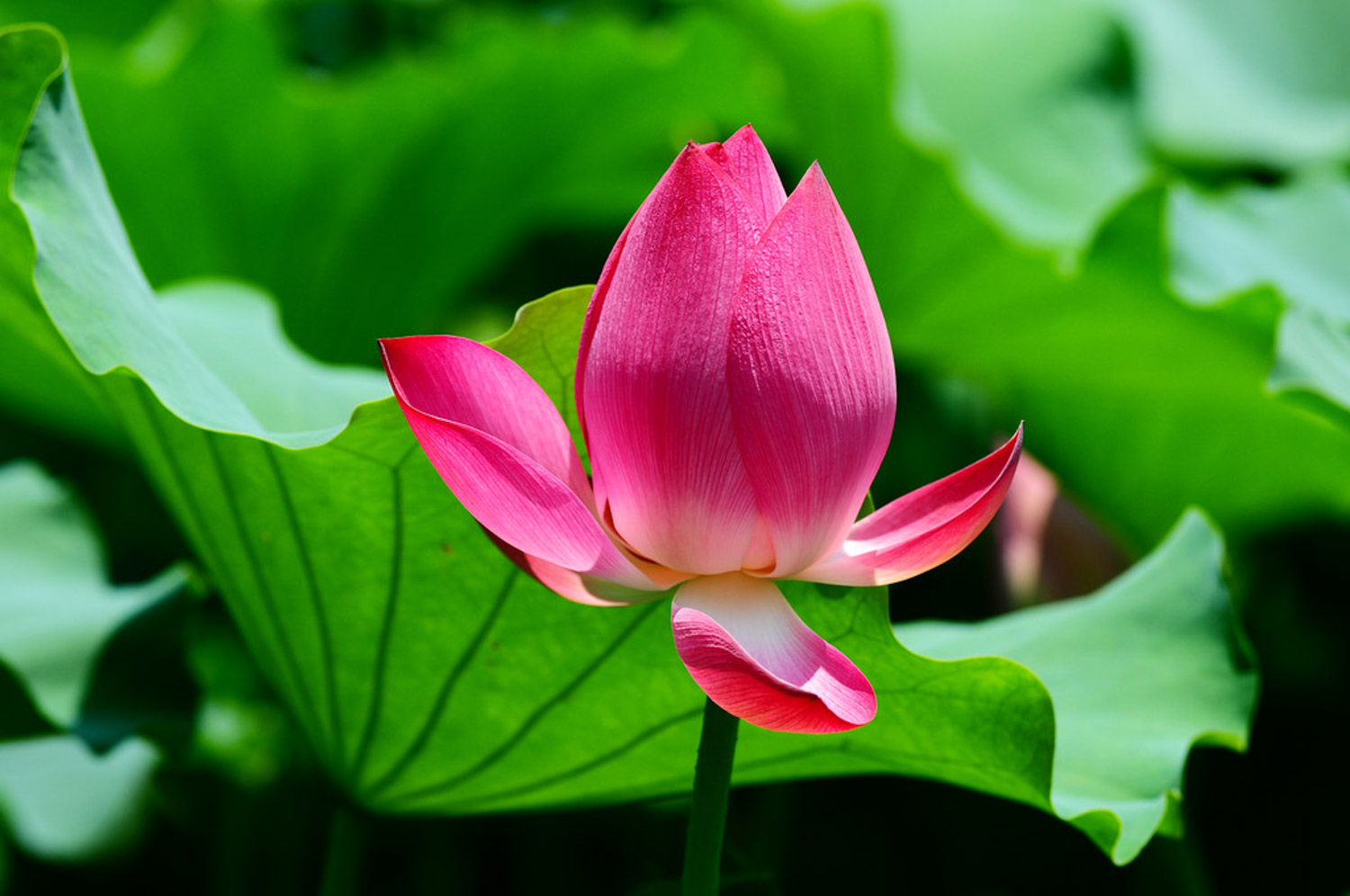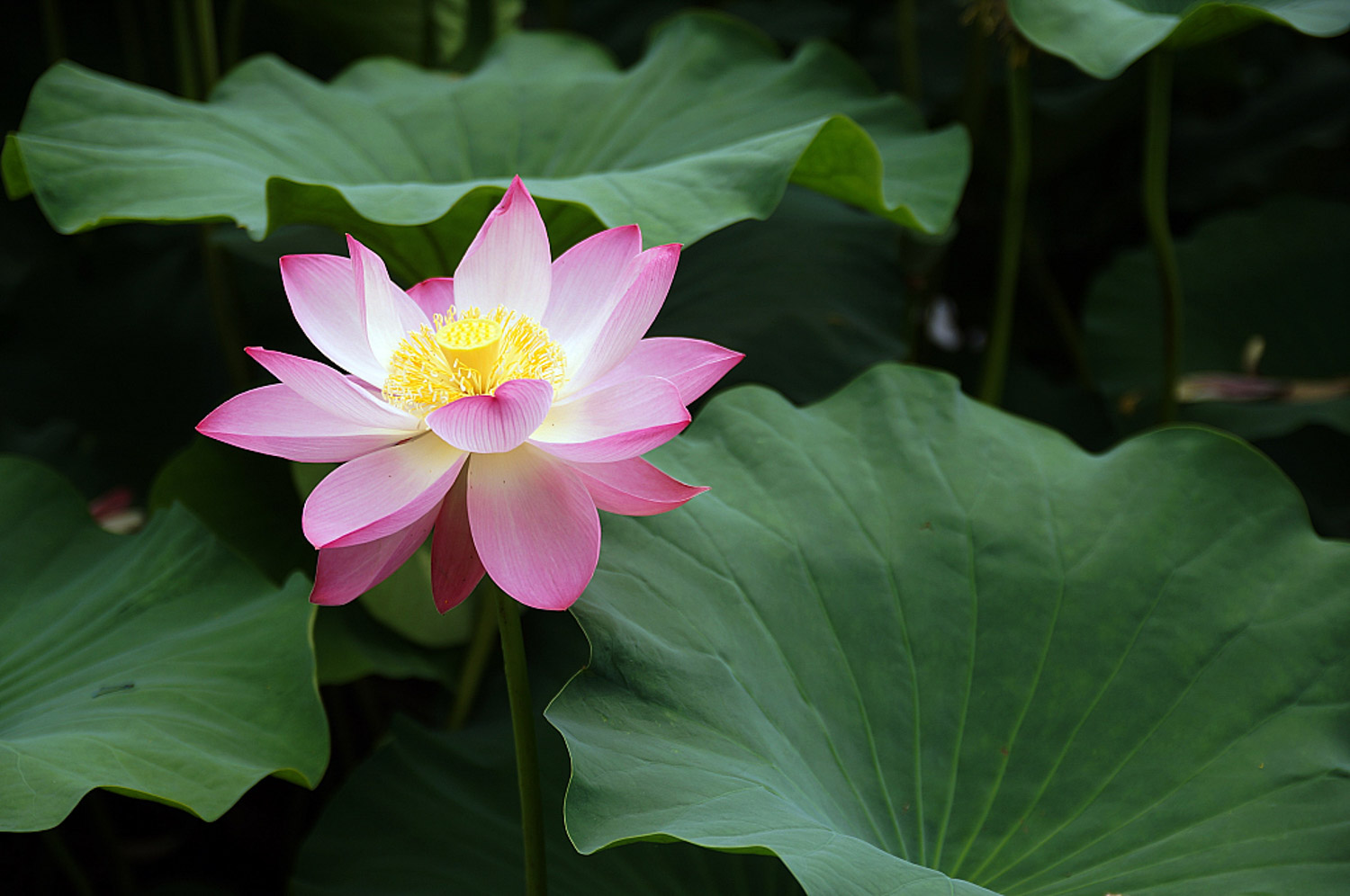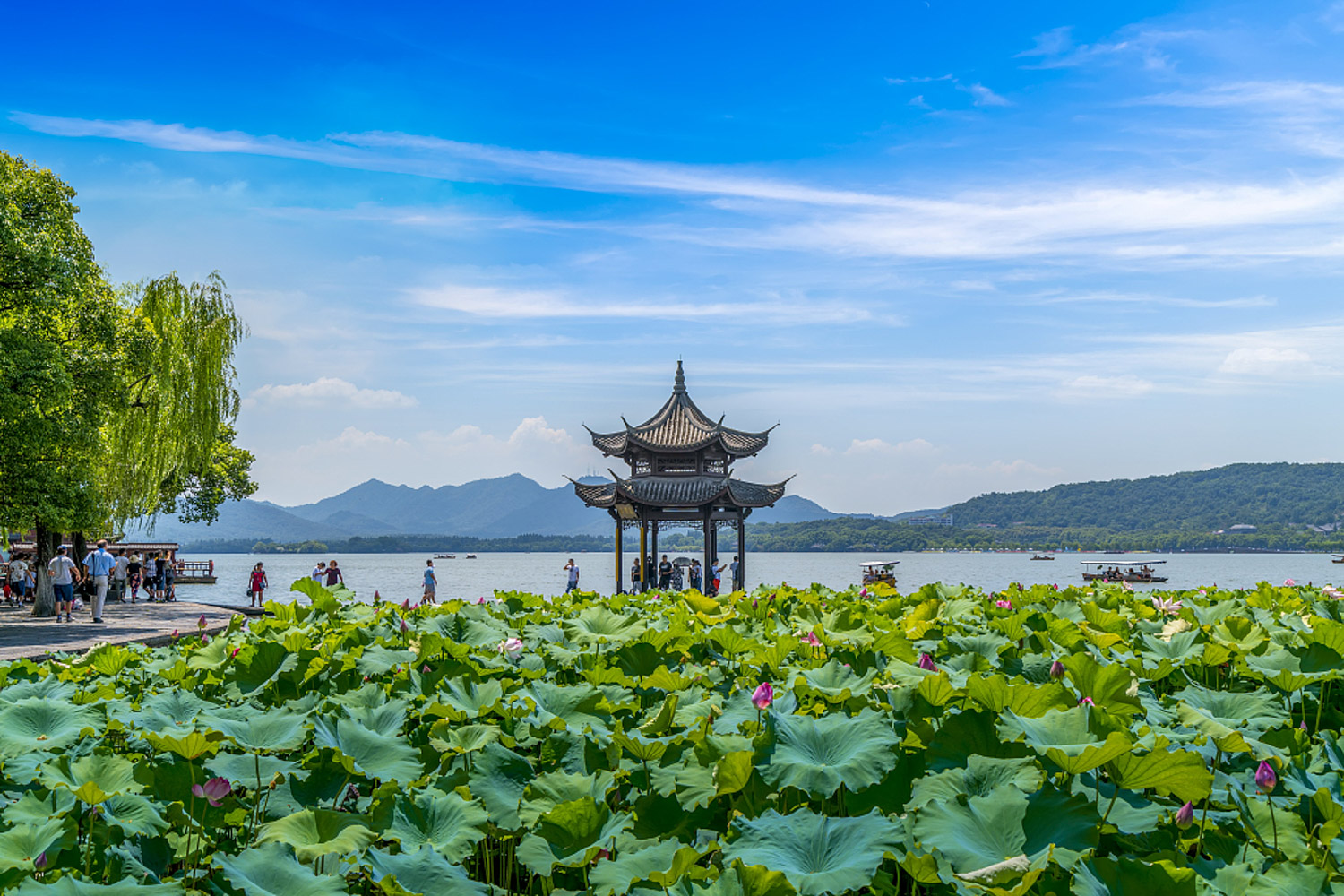1. Flowering period
Lotus blossoms are different. It opens one after another without interfering with each other. The flowering period of a single flower is relatively short, only a few days, but in terms of the flowering period of the lotus group, the flowering period is very long. Due to the climate difference between the north and the south, the flowering period is also different. It takes more than three months in the south, but only about two months in the north. Generally, after the pistil of lotus leaves the water, it can be seen to bloom about ten days later

2. Flowering maintenance
(1) Soil selection
The growth environment of lotus is different from that of other flower species. You can go to ponds or rivers to get silt. If you are worried that the water will become turbid after releasing the sludge, you can first use the fine sand in the river to cushion the bottom, and then release the sludge, which can not only ensure the clear water, but also make the lotus grow stably
(2) Water quality problems
If you plant lotus in a small pool, you don't need to change the water often, just supplement the water in time; The lotus in the Petri dish can be changed every two weeks to ensure clean water quality. Water should be replenished in time in summer. It must not be short of water, and corresponding warm keeping measures should be taken in winter

(3) Fertilization problem
Lotus is generally applied with phosphorus fertilizer. If necessary, add a little nitrogen fertilizer. If you are not sure, you can directly buy special fertilizer. If organic fertilizer can be used at home, it is recommended to mix it with sludge and then add it. The effect will be better. When the lotus grows vigorously in summer, if the whole lotus leaves turn yellow or fall, you can add some urea and mix it into the mud, but don't overdo it
(4) Disease problem
Preventive measures should be taken to prevent and control diseases, such as selecting excellent disease resistant varieties and cleaning up dead branches and leaves in time. In addition, the intersection of water and drought can effectively avoid harmful bacteria


 how many times do yo...
how many times do yo... how many planted tre...
how many planted tre... how many pine trees ...
how many pine trees ... how many pecan trees...
how many pecan trees... how many plants comp...
how many plants comp... how many plants can ...
how many plants can ... how many plants and ...
how many plants and ... how many pepper plan...
how many pepper plan...



























